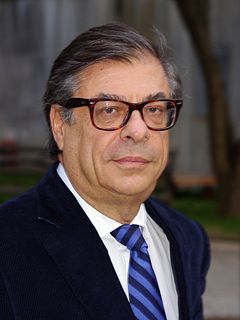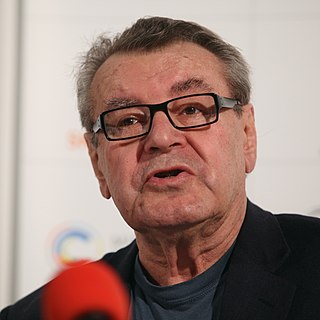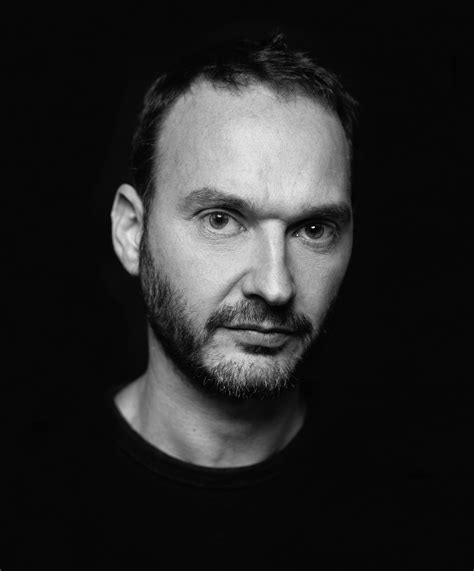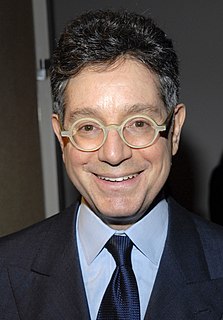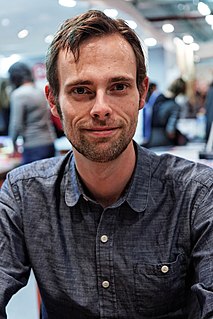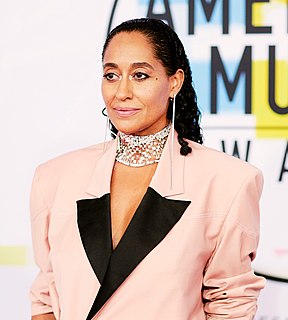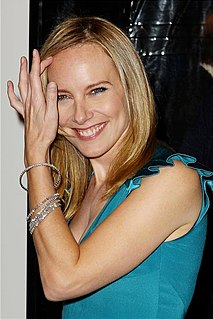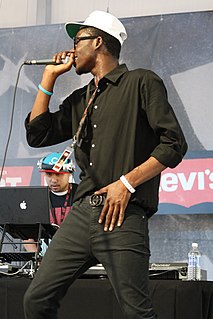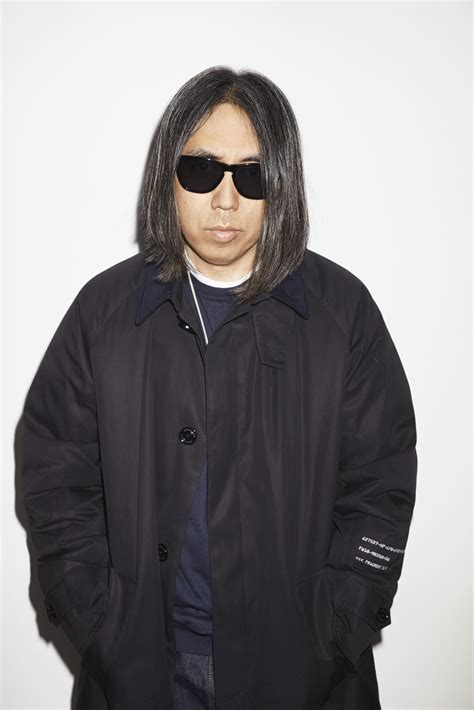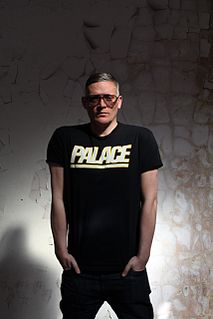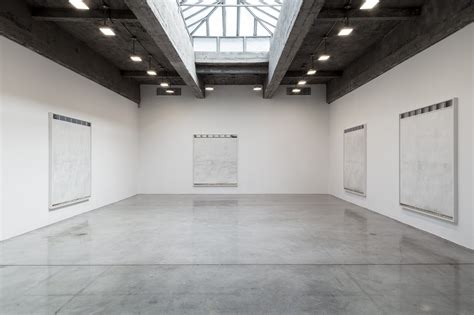A Quote by Bob Colacello
I took photos from 1976 to when I left in 1993, primarily for Interview and a column I had called "Bob Colacello's Out" which Andy had conceived of. I've never taken a picture since, not even with my phone! It just felt too Andy Warhol to keep going around town taking photographs. And I never really thought of doing anything with them after I left the magazine until this great Art Director Sam Shahid about for or five years ago asked where all of the old photos were.
Quote Topics
About
After
Andy
Anything
Around
Art
Art Director
Asked
Bob
Column
Conceived
Director
Doing
Even
Felt
Five
Five Years
Going
Great
Great Art
Had
Interview
Just
Keep
Keep Going
Left
Magazine
Never
Never Take
Old
Out
Phone
Photographs
Photos
Picture
Primarily
Really
Sam
Since
Taken
Taking
Them
Thought
Too
Took
Town
Until
Warhol
Were
Which
Years
Years Ago
Related Quotes
Learning that aesthetic as a kid - seeing those photos - made me think that that's what photos are supposed to look like. I never understood snapshots. I was looking at them like, "This is horrible; that's not what a picture is supposed to look like." I was taught by these photos. So when I picked up the camera, though I had never done it before, I kind of already knew what I was doing.
Things changed a little when I started taking photographs for magazines. I was afraid in the beginning. I thought, "Oh I can't do it, because I have never taken a photographs commercially for a magazine." But I wanted to learn so I started. But when I took models from agencies, I took beginners. Sometimes they were really good, but you have to work with them. You have to be good with women and the boys.
It never occurred to me that there were so many wonderful photos that had been orphaned and were out there in the world, waiting to be found. Over time, I found a lot of very strange pictures of kids, and I wanted to know who they were, what their stories were. Since the photos had no context, I decided I needed to make it up.
When you're on a movie and the production department says, "We need old photographs of you - your character - when you were 20-years-old." I usually tell them it's in storage or I had a fire. I go back to these old photos and there's never a good photo or they're of times that I'm so glad I'm out of. They have nothing to do with the character that you're playing, so it feels false. That's one of the hardest things for me in terms of looking back.
I'd been asked by Takashi Murakami to collaborate on something, which was an honor for me. I was really pleased. And then he had me as a guest speaker on his radio show, and we were talking about art. I don't think he knew I was interested in the topic - he was really surprised to find out that I own some original Andy Warhol and Gerhard Richter and Jean-Michel Basquiat works. So, in some ways, I think he simply wanted to see what I have.
One thing about Andy Warhol that was remarkable and also key to his widespread appeal is that he was so open! He would get on the phone and talk to the kid who called to say he was a fan - you know, Andy would walk from his house every morning down to the Factory carrying a bunch of Interviews - people would stop him and he would sign them, and what have you.
When I was sixteen and knew nothing about art, I sat through almost six hours of Andy Warhol’s Empire. I did not understand it but thought: this is in a major museum, it must be important, what is going on here? I stayed until the museum closed. His Screen Test films are some of my favorite works made this century, but you need to give them back the time they took to be made.
